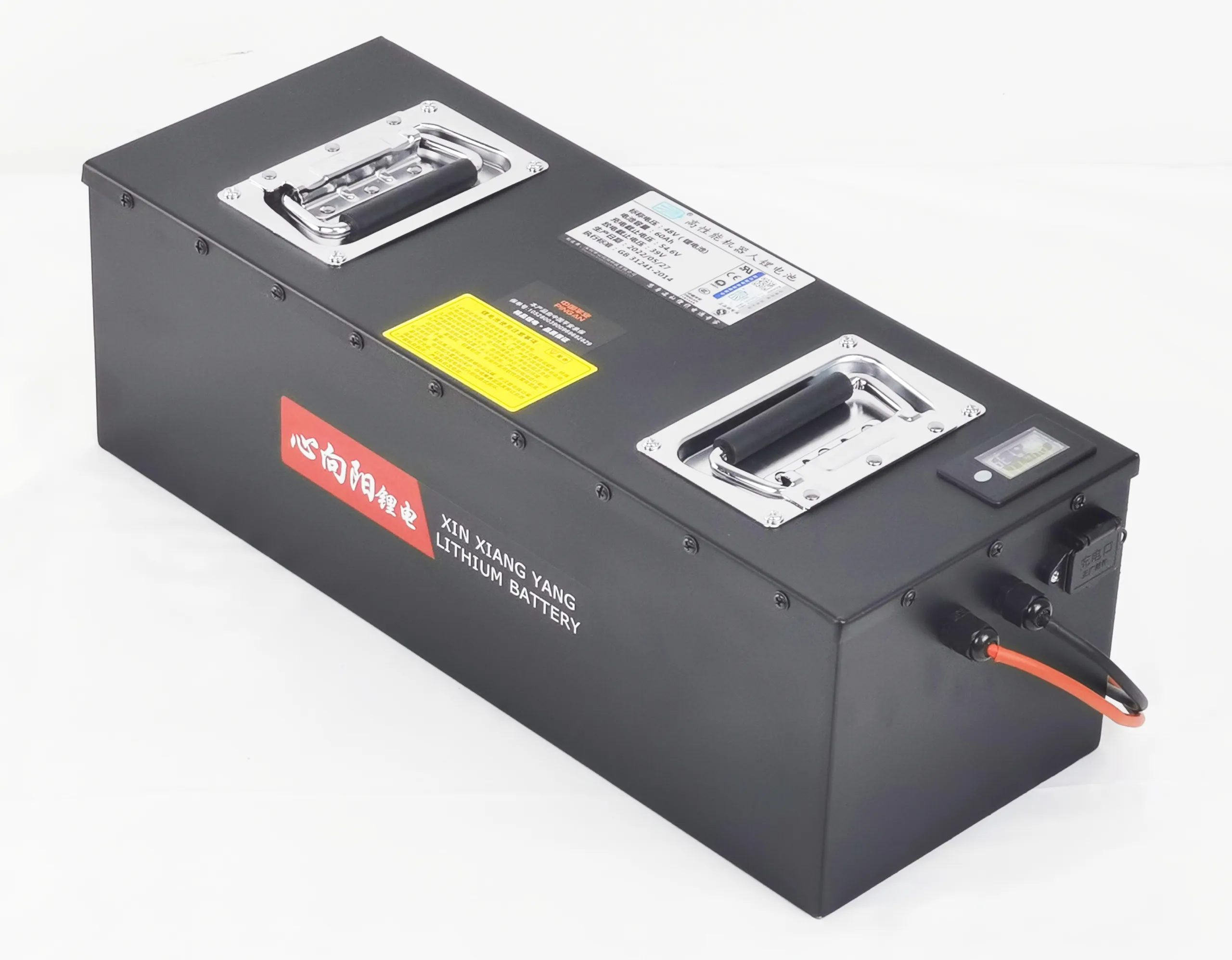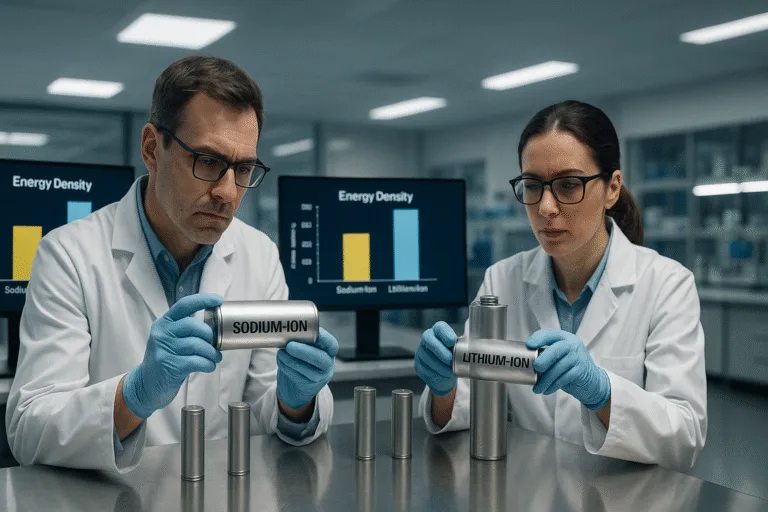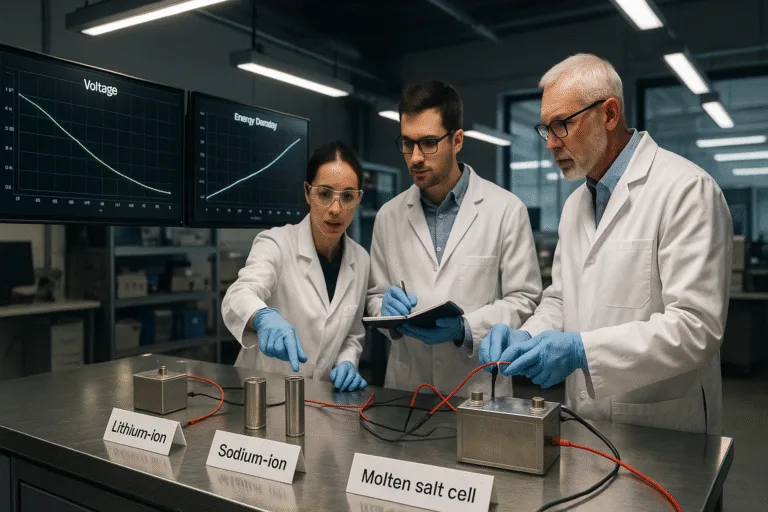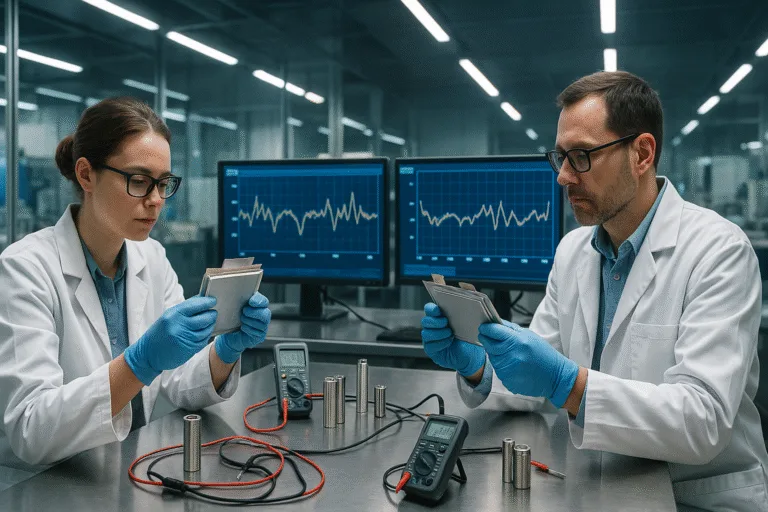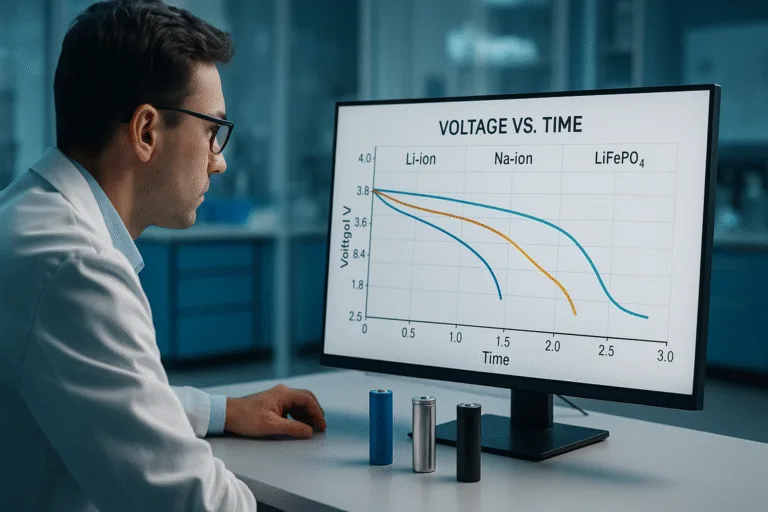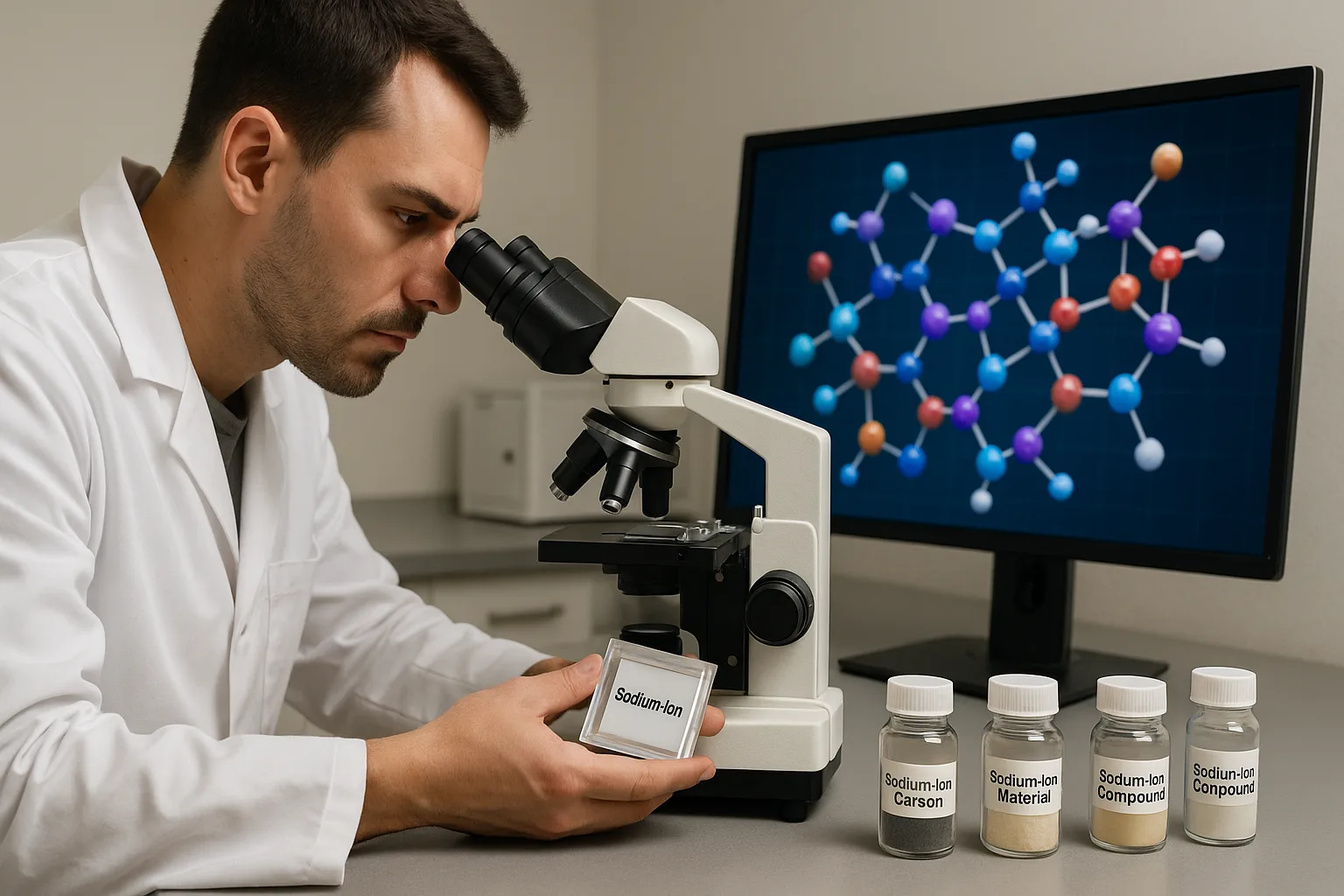
Curious about recent developments in sodium-ion batteries? You’re not alone. As demand for affordable, sustainable energy grows, sodium-ion technology has rapidly advanced.
Recent breakthroughs include developing high-capacity layered oxide cathodes, stable hard carbon anodes, non-flammable electrolytes, and improvements in energy density and cycle life, making sodium-ion batteries more viable commercially.
I follow battery research closely—these innovations indicate sodium-ion is moving quickly toward practical use.
Are There Any Sodium-Ion Battery Papers or Reviews Worth Reading?
Looking for reliable information sources on sodium-ion battery research1?
Yes, several highly recommended papers and reviews include recent articles in journals such as "Nature Energy2," "Joule3," and "Advanced Energy Materials4." Notable reviews by Faradion, CATL researchers, and academic teams from Stanford and MIT provide detailed insights.
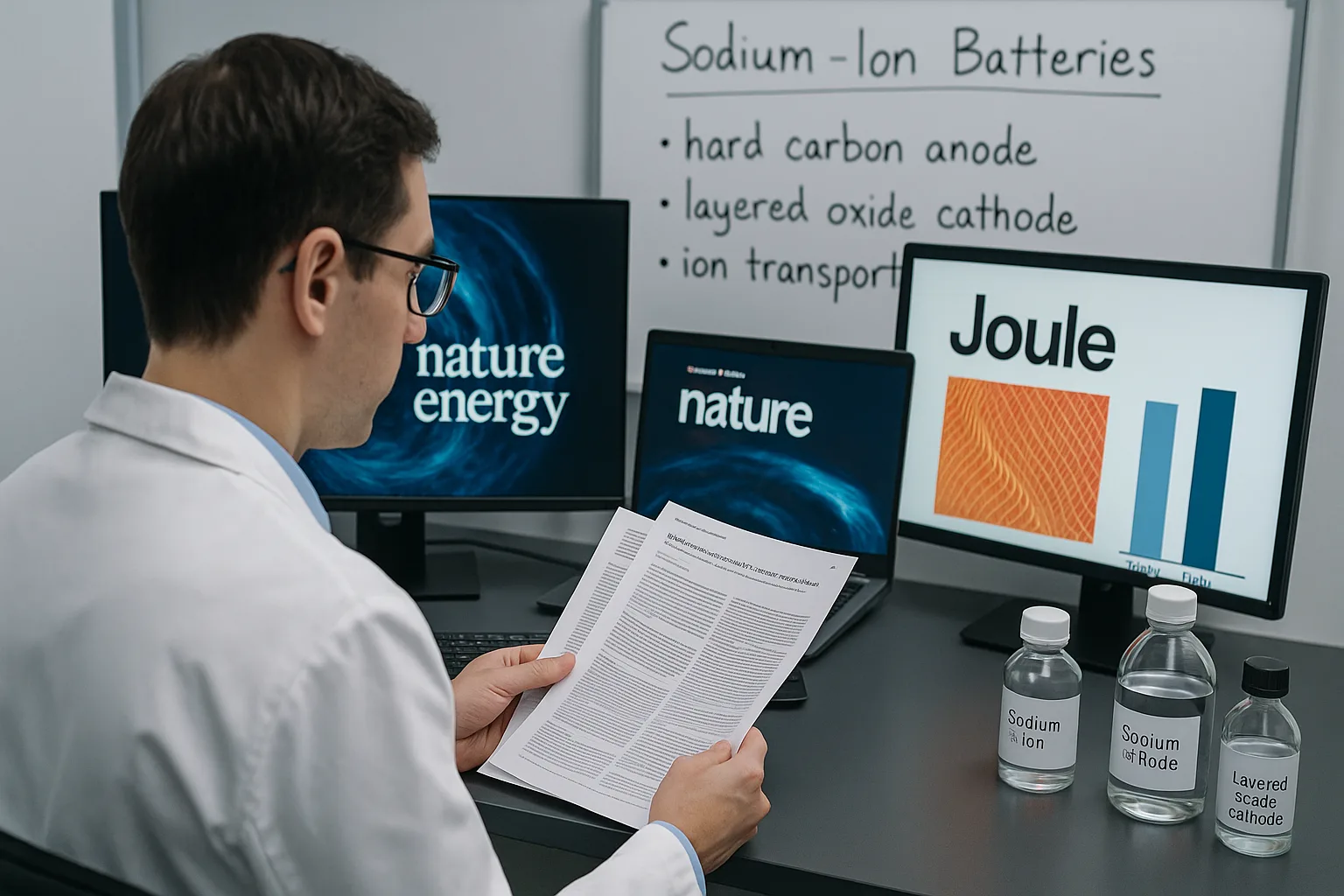
Recommended Reading List
Here’s a concise list of essential sodium-ion battery papers and reviews:
| Paper/Review Title | Journal or Source | Highlights |
|---|---|---|
| "High-Energy Sodium-Ion Batteries" (Nature Energy, 2023) | Nature Energy | Advanced cathodes, stable electrolytes |
| "Advances in Hard Carbon Anodes" (Joule, 2023) | Joule | Breakthroughs in hard carbon stability |
| "Recent Developments in Sodium-ion Batteries" (CATL, 2023) | CATL Research Reports | Commercial developments and challenges |
These papers give deep insights into the current state and future trajectory of sodium-ion technology.
What Is the Future Outlook of Sodium-Ion Batteries?
Wondering how sodium-ion batteries might evolve in the next few years?
The future outlook for sodium-ion batteries is promising, especially in stationary storage5, grid applications, and low-cost electric vehicles6. Improved materials and larger-scale production are expected to significantly reduce costs and boost commercial adoption by 2030.
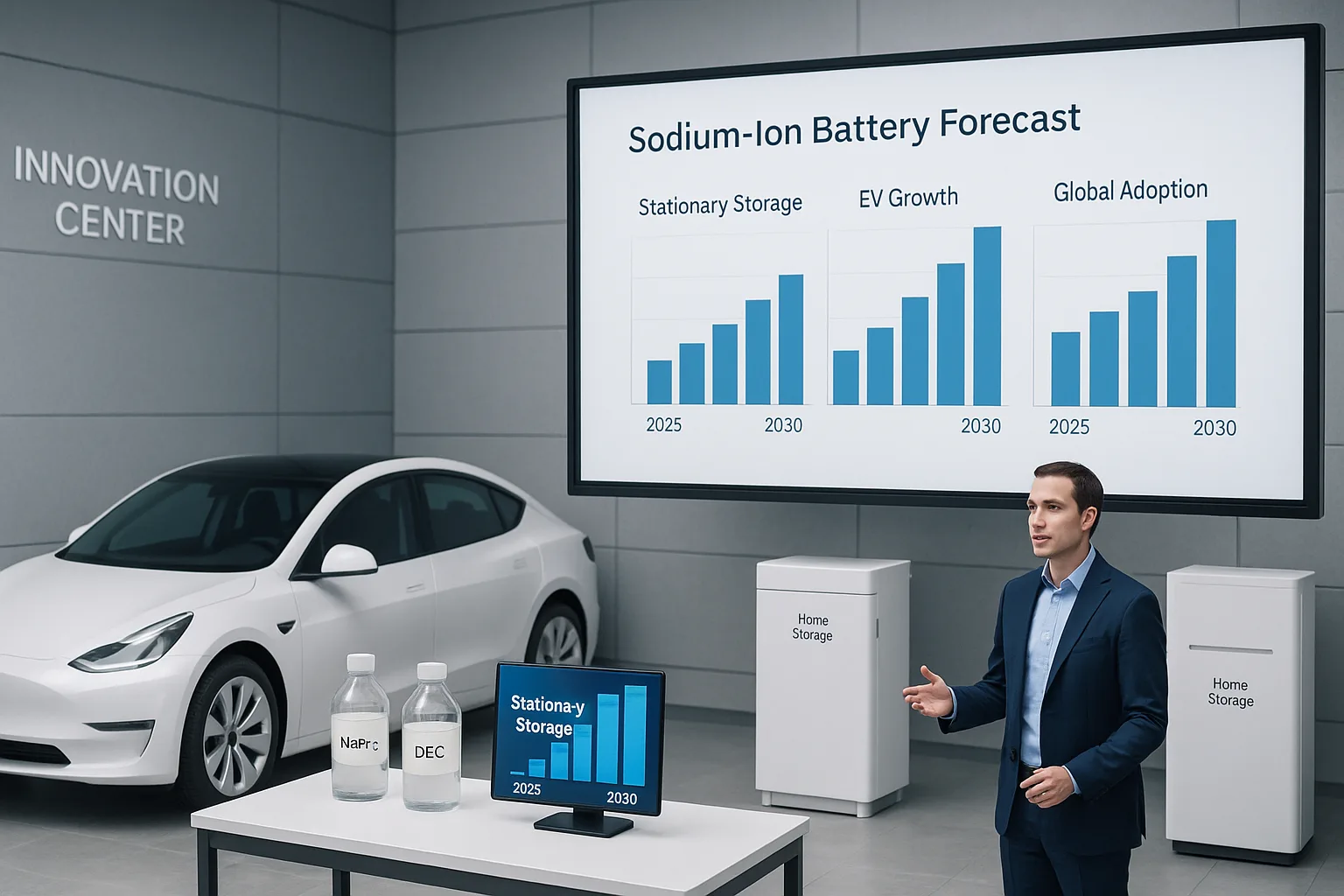
Future Applications and Trends
Key growth areas include:
- Stationary Grid Storage: Ideal due to cost, sustainability, and thermal stability.
- Affordable Electric Vehicles: Potentially suitable for entry-level EV models, especially in emerging markets.
- Renewable Energy Integration: Critical storage solution to stabilize renewable energy sources.
| Application Area | Projected Growth by 2030 |
|---|---|
| Grid-Scale Storage | Significant adoption |
| Electric Vehicles | Emerging market applications |
| Renewable Energy Storage | Widely adopted |
As technology matures, sodium-ion is set to become a cornerstone of energy storage solutions globally.
What Countries Are Leading Sodium-Ion Battery Research?
Curious which nations are currently pioneering sodium-ion research?
China, the United States, the United Kingdom, India, Sweden, and Germany are among the top countries actively leading sodium-ion battery research, with China notably driving commercial-scale developments.
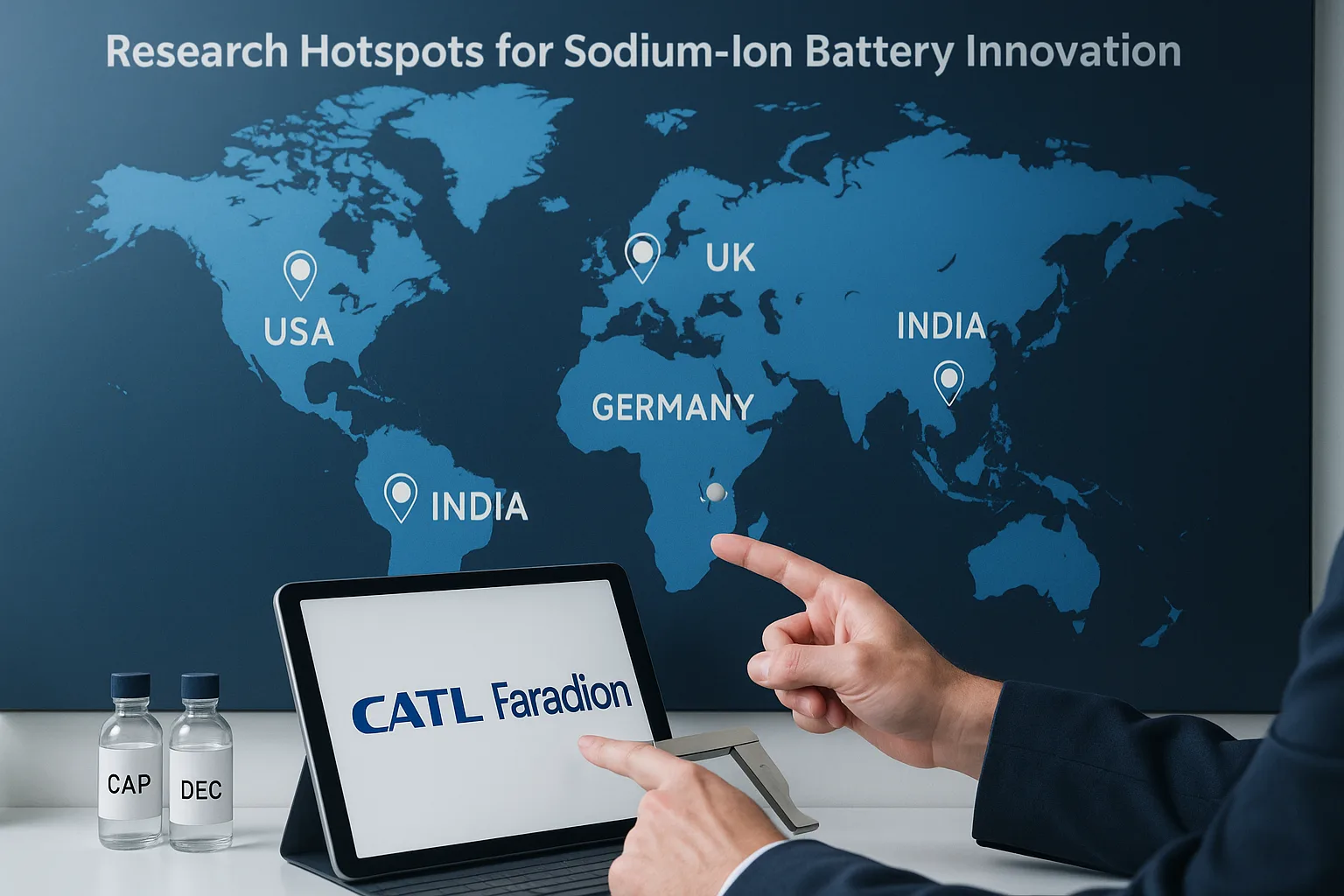
Research Leadership by Country
Here’s how various countries contribute to sodium-ion research:
- China: CATL, HiNa Battery—rapid commercialization and large-scale production.
- United Kingdom: Faradion (Reliance acquisition)—advanced sodium-ion chemistries.
- United States: Natron Energy, Argonne National Laboratory, MIT, Stanford University—fundamental research and commercialization.
- India: Reliance-Faradion partnership—industrial-scale battery production ambitions.
| Country | Key Players | Research Focus |
|---|---|---|
| China | CATL, HiNa Battery | Mass production, commercialization |
| UK | Faradion | Advanced chemistry |
| US | Natron Energy, MIT | Fundamental research |
| India | Reliance Industries | Large-scale commercial rollout |
Global collaboration accelerates innovation in this emerging battery technology.
What Are the Challenges in Scaling Up Sodium-Ion Battery Production?
Considering the mass-market future for sodium-ion? Here’s what stands in the way.
The primary challenges in scaling sodium-ion battery production include achieving competitive energy density, establishing robust supply chains, refining manufacturing processes7, and ensuring long-term material stability and consistency.
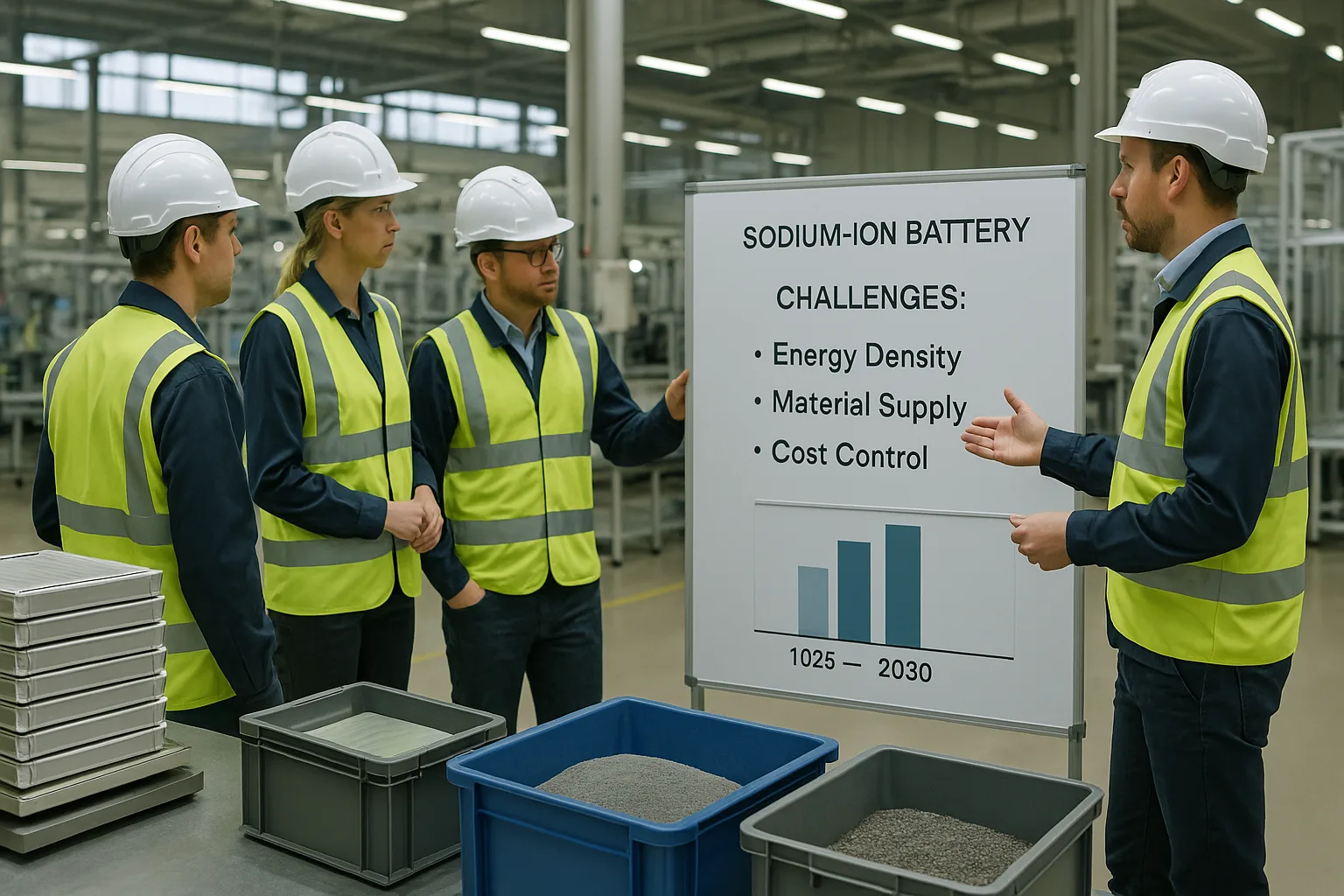
Specific Scaling Challenges
Key barriers include:
- Energy Density Improvements: Currently lower than lithium-ion, limiting certain applications.
- Supply Chain Development: Limited raw material suppliers and electrode manufacturers.
- Manufacturing Consistency: Standardizing large-scale electrode production methods.
- Cost Efficiency: Bringing manufacturing costs down through volume and improved technology.
| Scaling Challenge | Current Status | Future Solutions |
|---|---|---|
| Energy Density | Moderate | Advanced materials development |
| Supply Chain Maturity | Early stages | Strategic global partnerships |
| Manufacturing Processes | Still developing | Automation and standardization |
Addressing these challenges will ensure sodium-ion batteries meet commercial expectations soon.
Conclusion
Recent breakthroughs highlight sodium-ion batteries as a promising, sustainable, and cost-effective solution for energy storage. Continued research and international collaboration will pave the way toward widespread commercial adoption.
-
Explore cutting-edge research that highlights advancements and innovations in sodium-ion battery technology. ↩
-
Discover influential articles in Nature Energy that provide insights into the latest sodium-ion battery developments. ↩
-
Learn about significant breakthroughs in sodium-ion technology featured in Joule, a leading energy journal. ↩
-
Find comprehensive reviews and studies on sodium-ion batteries in Advanced Energy Materials, a top-tier journal. ↩
-
Understand the role of sodium-ion batteries in stationary storage and their potential impact on energy systems. ↩
-
Explore how sodium-ion batteries could revolutionize the electric vehicle market with affordability. ↩
-
Gain insights into the manufacturing challenges of sodium-ion batteries and how they can be addressed. ↩

